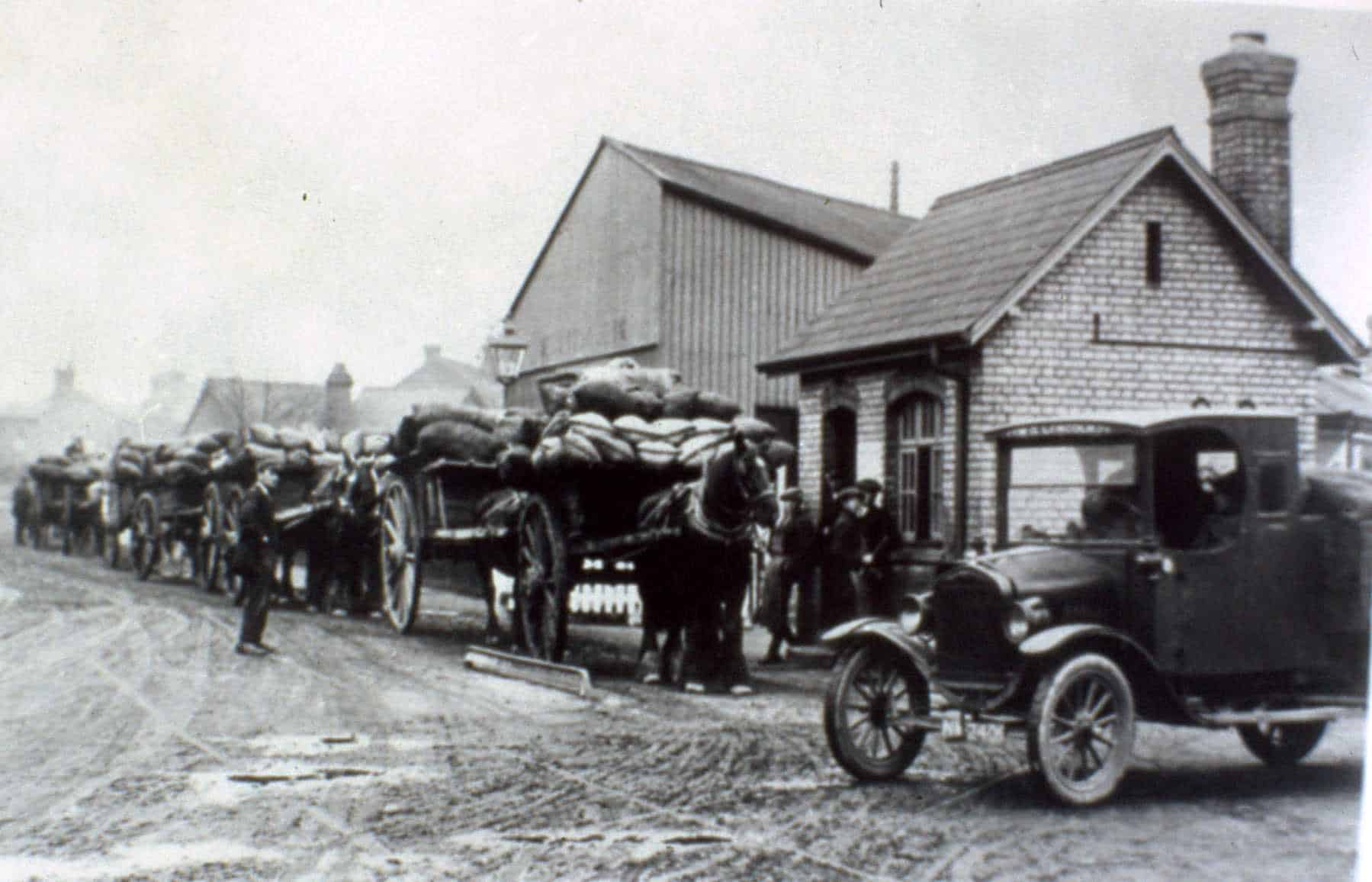

Timeline
43-411 AD
Event
The ‘White Way’, a Roman loop road, ran via Baldock past Stratton and Sandy to join the Ermine Way at Godmanchester. The 1959 Town Guide says Stratton, Drove Road, along what is now a footpath on the Common to Sandy. It also says a Roman by-road has been traced going westward towards Old Warden. The 1954 O.S. map shows Hill Lane as a Roman Road. The road started from near the site of the old Sewage Works. A Roman ceremonial dish and an oculist’s stamp have been found here. Oculist stamps were used to mark on a seal of an eye-salve or lotion, (now in the British Museum).
477-495 onwards
Saxon Invasions – The Saxon Gifle tribe or people settled here and gave their name to the Ivel River and Northill (Northgivle – 13th century) and Southill (Sudgivele – 11th century). The Brits were probably driven westward. There was a watch hill at Old Warden.
800 onwards
Danish invasions.
878
The district formed part of the Danelaw under the Peace of Wedmore.
917
Danes defeated at major conflict at Tempsford. There were some Danes left in the area, the place named Holme is Danish but it was a Saxon who lived by a ford who gave his name to the settlement and later to the Hundred of Biggleswade – Biceil – Anglo Saxon personal name; Waed – Saxon for ford.
1066
The Saxon Archbishop of Canterbury held the manor of Biggleswade from the King.
1086
Domesday Book. Ralph de Insula (Ralph de Lisle) held the manor under the Crown. There were no woods and no market. Apart from gentry and clergy there were twenty men in Biggleswade; 27 in Stratton and 15 in Holme. Each peasant worked some days for the Lord of the Manor but each had about 30 acres which he hired from his master. There were 1,200 acres of arable land in Biggleswade (less than Holme and Stratton) also 240 acres of meadow and 13 mills in the Hundred of Biggleswade. Two mills were in Biggleswade itself (two mills means two water wheels under one roof); value £2/7/-, per annum, this was probably the site of a mill where the present mill stands. First place above ford with sufficient fall of water.
1132
Henry I granted Bishop Alexander of Lincoln (in whose diocese it was) the manor of Biggleswade with Holme to help endow the Cathedral. The bishop to have church, meadows, mills and fishing rights in return for yearly offering of a gown lined with sable.
c1163
The bishop made Biggleswade a Prebend and the church a Peculier. A Peculier had certain rights and need not send records to the Archdeacon; thus some Biggleswade church records are missing. A Prebendary did not usually reside in his parish. There is still a stall in Lincoln Cathedral marked Bigleswade (yes with one ‘g’!).
c1200
The bishop made an attempt at town development. Small plots of land were made available at 1/- per year; burgage. A shilling was a large amount in those days. The holder did not have to do the customary work for his holding but could build a house or shop, ply his trade and travel.
1227
Market. Biggleswade has been granted a market by King John (1199 – 1216). This was confirmed in 1227 by Henry III. (Peck says confirmed to Bishop Hugh, who Rutt says died 1220). Monday was market day.
1280
King Edward I at Biggleswade. About this time Biggleswade claimed to be a Borough through the ‘Burgage’ system.
1294
Biggleswade people claimed the right to leave their burgage tenements by will. Bishop Oliver Sutton ordered an investigation.
Bishop Sutton was in Biggleswade several times and it seems the Bishop often stayed here; a convenient place. Local rumour says they had a residence in Palace Street; hence the name.
1297
Taxation List for this year shows dredge corn, rye, hay and straw were grown. There were some cows and sheep. Only the Bishop had a cart. Tenants had to attend the manor court. Villeins worked on the lord’s land. The lord’s steward regulated tillage. Biggleswade area shows three villages with an average of more than five sheep to each man taxed.
Visit the Bedford Borough Council Archives for a more in depth timeline after the 1500s.
Read more here.